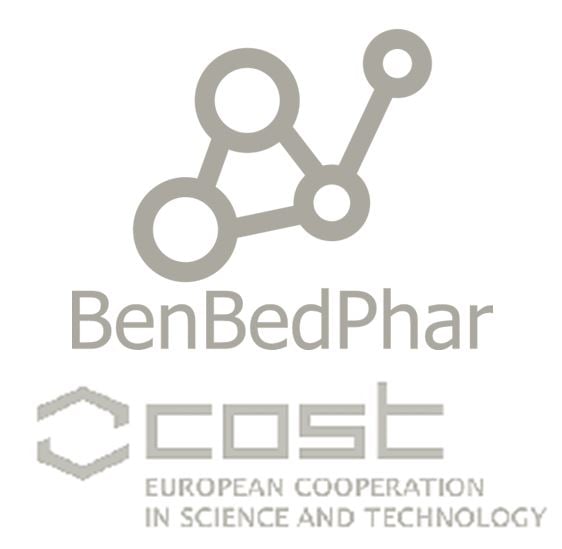Oxidative Stress and NRF2 in Health and Disease
A special issue of Antioxidants (ISSN 2076-3921). This special issue belongs to the section "Health Outcomes of Antioxidants and Oxidative Stress".
Deadline for manuscript submissions: closed (20 May 2024) | Viewed by 46870
Special Issue Editor
Interests: oxidative stress; reactive oxygen species (ROS); lipid peroxidation; cancer; cancer stem cells; cellular and extracellular antioxidants; NRF2; metabolic reprogramming
Special Issues, Collections and Topics in MDPI journals
Special Issue Information
Dear Colleagues,
Oxidative stress (OS) has long been considered a cause of various noncommunicable diseases. The term refers to the increased formation of reactive oxygen species (ROS) and other byproducts that can react with cellular macromolecules such as proteins, DNA, and lipids to impair cellular function. Earlier research opinions assumed that OS only leads to various pathologies and referred to it as a harmful process that should be abolished. However, further research has revealed that OS byproducts, such as hydrogen peroxide, are also important for redox signaling. Depending on the cue, cells use their signaling abilities, which include turning certain protein targets on and off, to provide signal transduction that regulates their own functions or the functions of neighboring cells. The extent of OS is closely intertwined with metabolic switches and antioxidant machinery. While some ROS, such as hydrogen peroxide, are essential for normal physiology, their increase leads to pathology. The NRF2 pathway is the main pathway activated as a response to OS. The NRF2 pathway is the major signaling pathway activated in response to OS. The transcription factor NRF2 (nuclear factor, erythroid 2) is mainly regulated by Kelch-like ECH-associated protein 1 (KEAP1), although its regulation/activation is more complex. NRF2 regulates the expression of more than 250 genes, not only antioxidant enzymes but also others involved in autophagy, metabolism, detoxification, protein turnover, etc. Its mode of action is not always beneficial to humans and is not fully understood.
We invite researchers in this field and participants of the COST Action CA20121, Bench to Bedside Transition for Pharmacological regulation of NRF2 in non-communicable diseases (BenBedPhar) to submit their latest research to this Special Issue. Potential topics include but are not limited to deciphering the role of oxidative stress and NRF2 in physiology and pathology, linkage to other signaling pathways, the “omics” approach to identify specific targets and key molecules, potential therapeutic strategies, etc.

Dr. Lidija Milković
Guest Editor
Manuscript Submission Information
Manuscripts should be submitted online at www.mdpi.com by registering and logging in to this website. Once you are registered, click here to go to the submission form. Manuscripts can be submitted until the deadline. All submissions that pass pre-check are peer-reviewed. Accepted papers will be published continuously in the journal (as soon as accepted) and will be listed together on the special issue website. Research articles, review articles as well as short communications are invited. For planned papers, a title and short abstract (about 100 words) can be sent to the Editorial Office for announcement on this website.
Submitted manuscripts should not have been published previously, nor be under consideration for publication elsewhere (except conference proceedings papers). All manuscripts are thoroughly refereed through a single-blind peer-review process. A guide for authors and other relevant information for submission of manuscripts is available on the Instructions for Authors page. Antioxidants is an international peer-reviewed open access monthly journal published by MDPI.
Please visit the Instructions for Authors page before submitting a manuscript. The Article Processing Charge (APC) for publication in this open access journal is 2900 CHF (Swiss Francs). Submitted papers should be well formatted and use good English. Authors may use MDPI's English editing service prior to publication or during author revisions.
Keywords
- oxidative stress
- redox signaling
- nrf2 and its regulation
- redox-modifying therapeutic approach
- omics approach
- physiology
- non-communicable diseases
- metabolism
- aging
Benefits of Publishing in a Special Issue
- Ease of navigation: Grouping papers by topic helps scholars navigate broad scope journals more efficiently.
- Greater discoverability: Special Issues support the reach and impact of scientific research. Articles in Special Issues are more discoverable and cited more frequently.
- Expansion of research network: Special Issues facilitate connections among authors, fostering scientific collaborations.
- External promotion: Articles in Special Issues are often promoted through the journal's social media, increasing their visibility.
- e-Book format: Special Issues with more than 10 articles can be published as dedicated e-books, ensuring wide and rapid dissemination.
Further information on MDPI's Special Issue polices can be found here.






